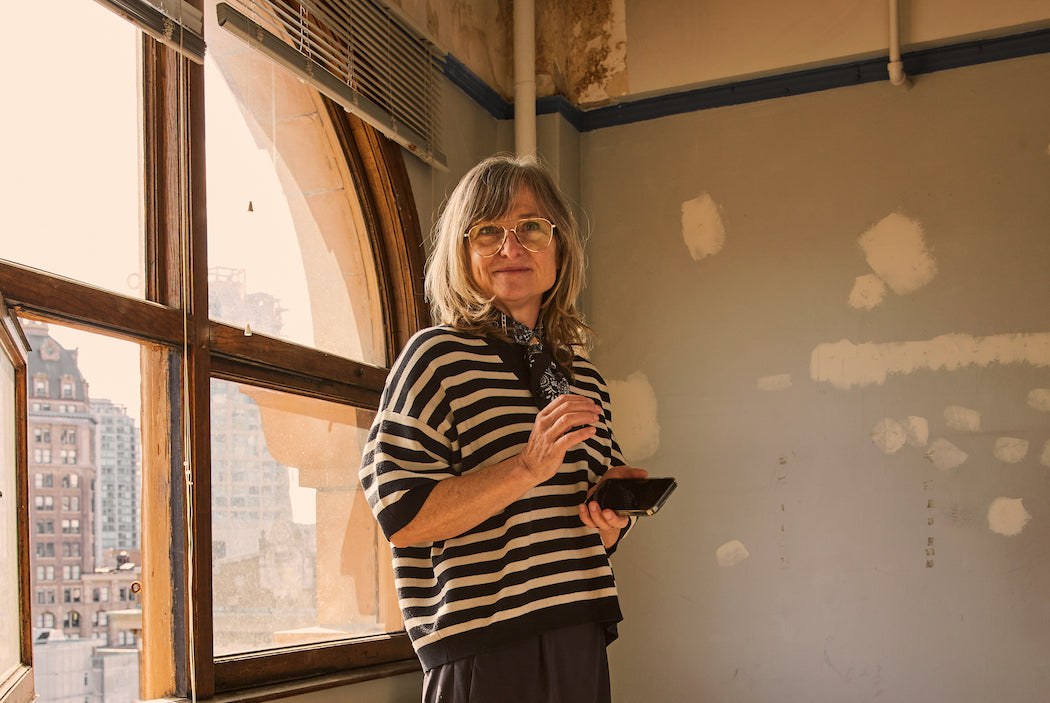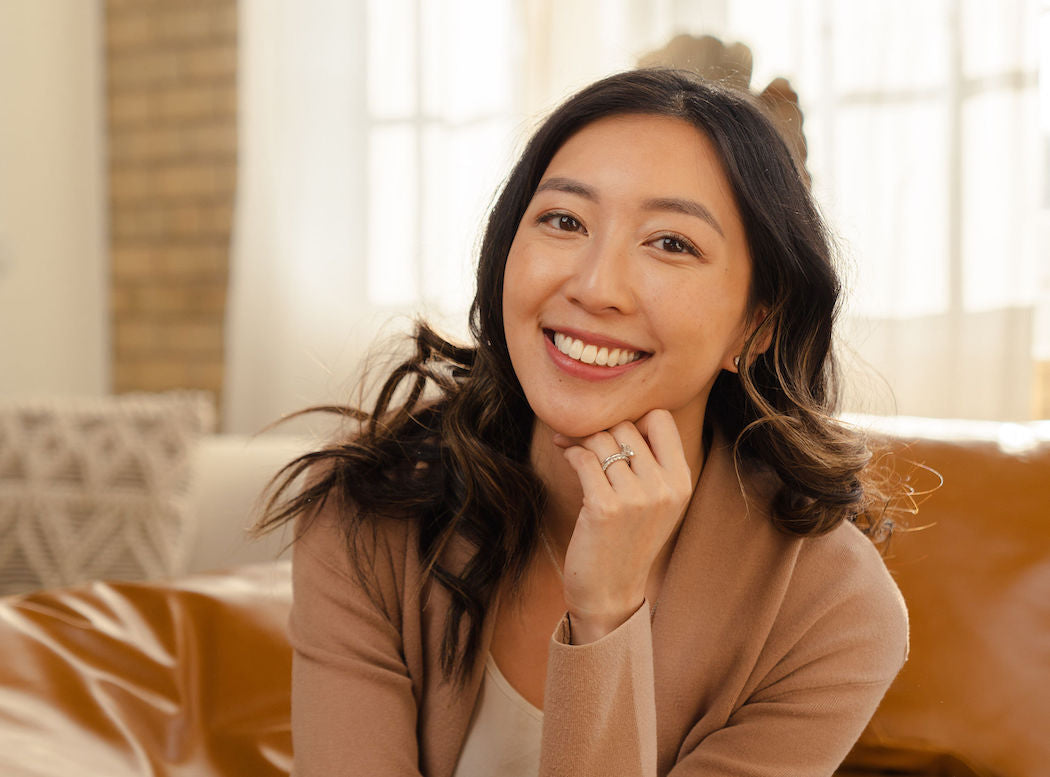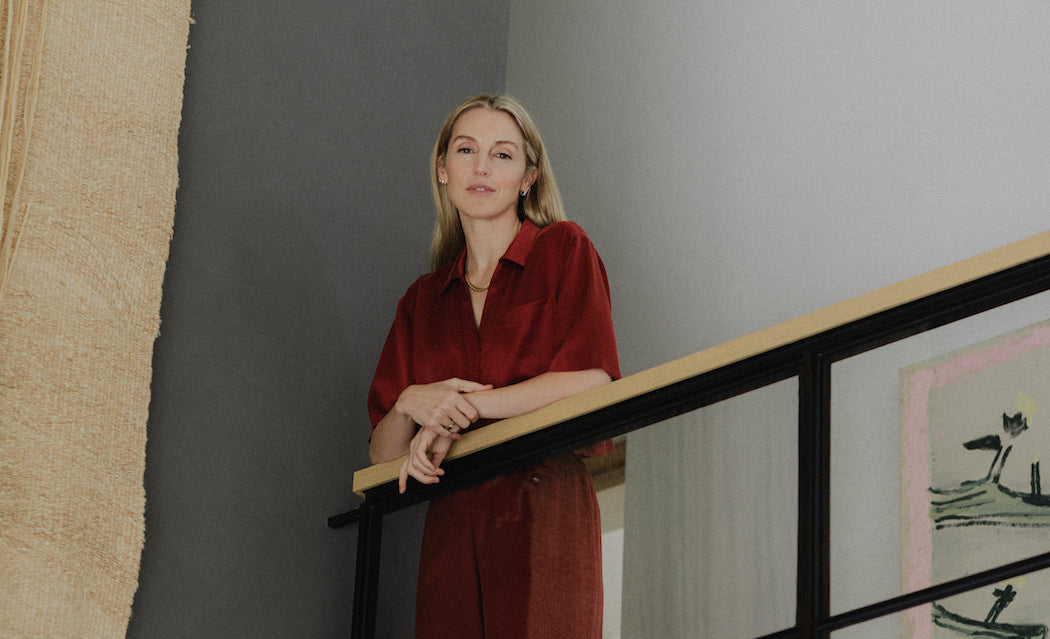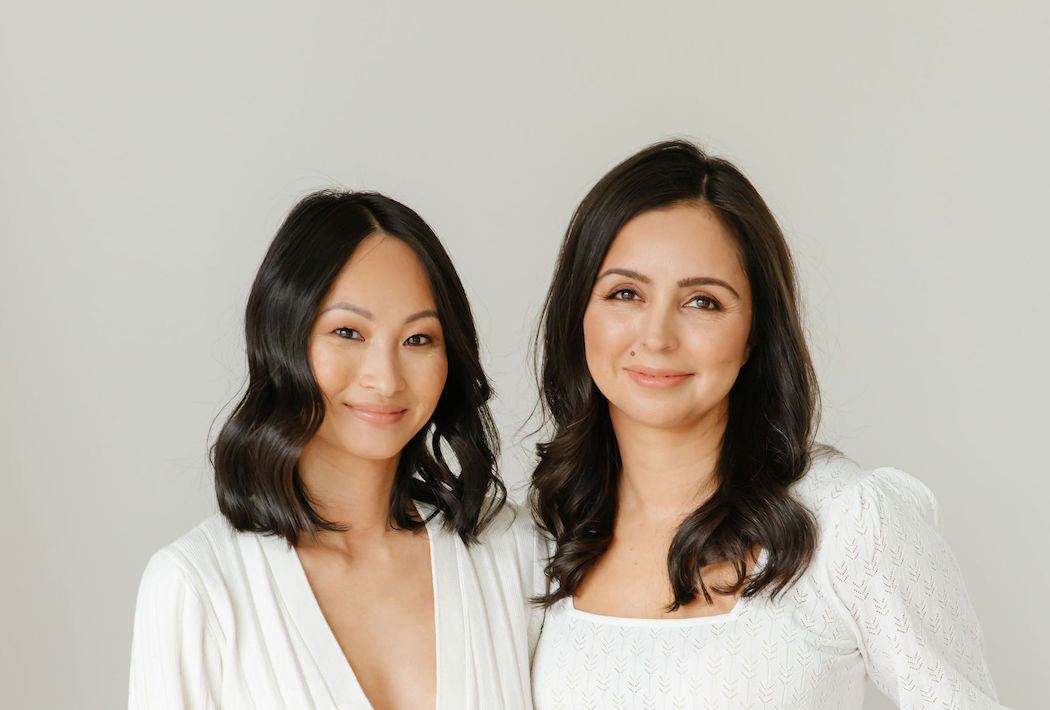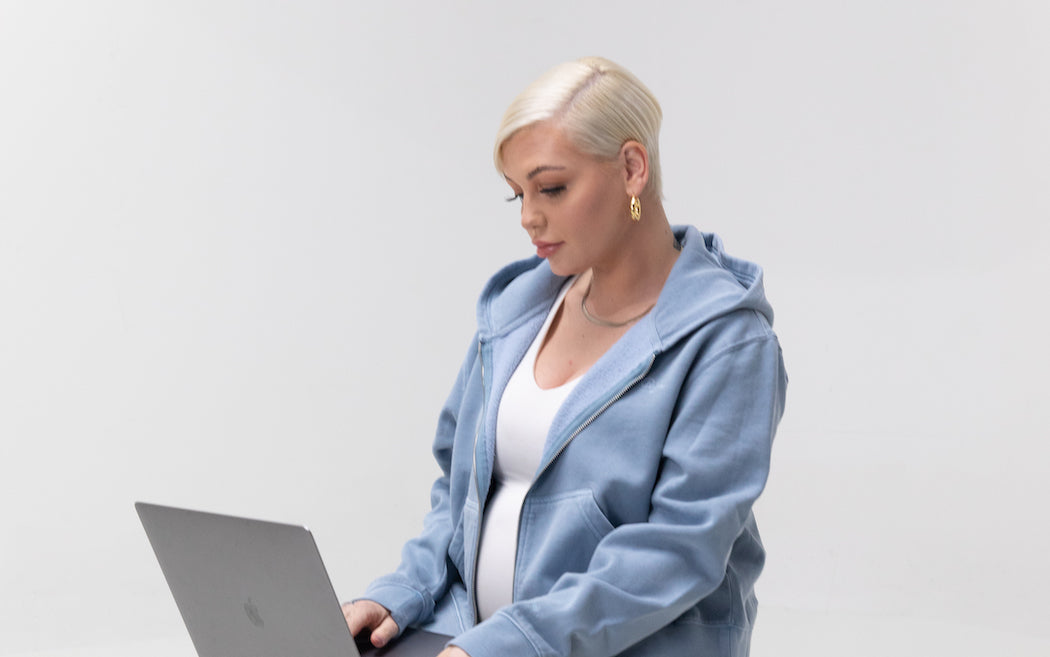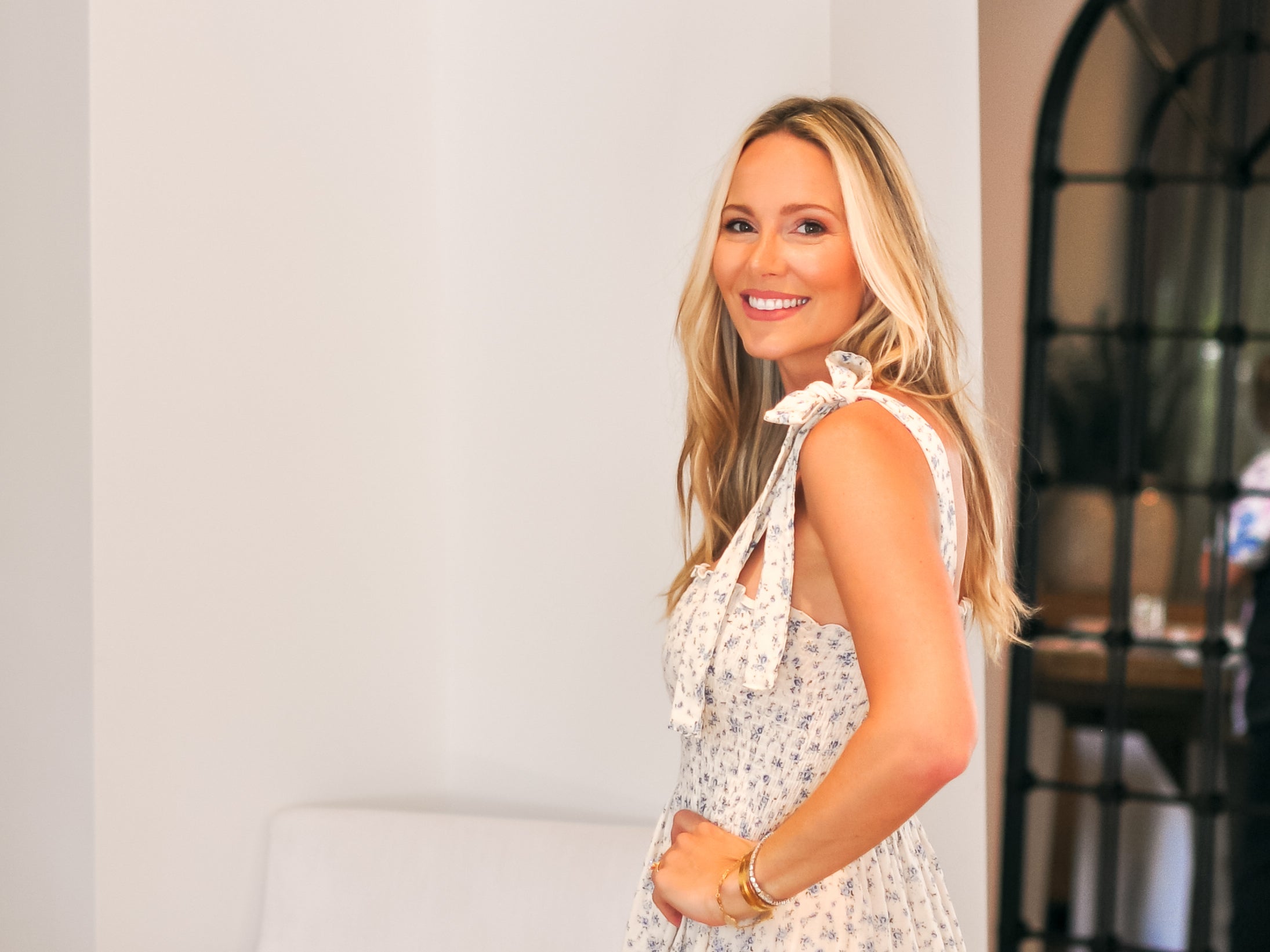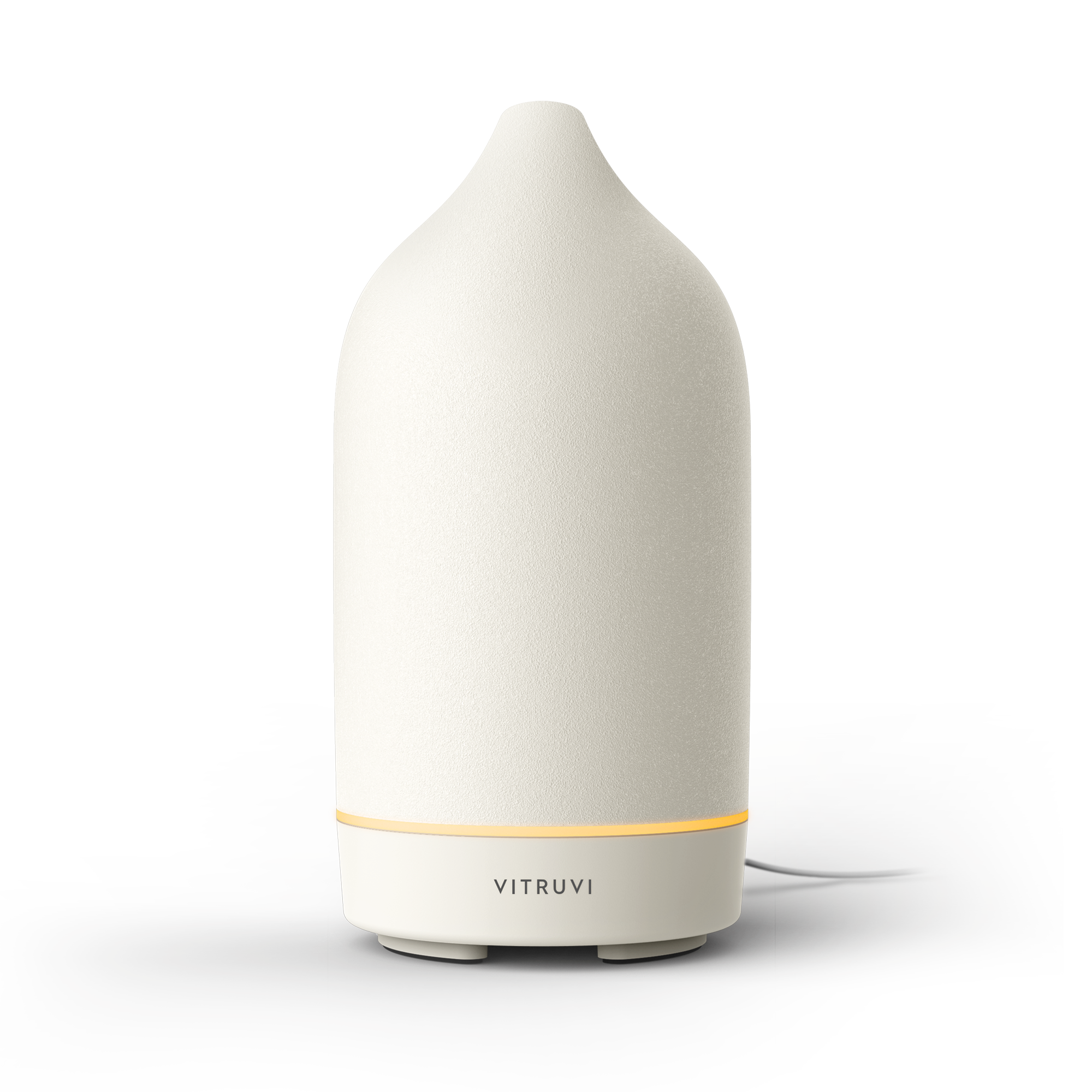We are malleable creatures. Quilts of skin and bones and souls, we shift and bend to accommodate the world around us. We do this, of course, in the name of survival—but how much do we acquiesce at the cost of our true selves? How much do we hide to fit in or succeed? And what would life be like if we embraced our authenticity in its whole form?
These questions make up one of the fascinating ideas explored by Amina AlTai. In her work as a career and leadership coach, AlTai posits that in our lives, we take on roles we’re cast into from an early age. These roles are only a “sliver of us,” she says over the phone, whereas when we learn to embrace our whole selves, we live “into the fullness of our being.”
AlTai calls this “becoming a Whole Model versus living in an assigned role model.” It’s about consciously examining the self and choosing to embrace authenticity. Whether you’re on the precipice of making a giant life decision or you’re simply curious about who you truly are, AlTai’s theory makes a riveting case: the essence of a fulfilling life begins with stepping out of the box that others have put us in, and onto a stage of our own making. Here, she shares more.
What is your theory behind shifting from role model to Whole Model?
We are shaped in lots of ways. We’re born into family systems, cultures, and subcultures that perpetuate certain beliefs about ourselves and the world around us. We often adopt those beliefs as our own, and they can shape us. These core beliefs are often unconscious and unexamined, and if we are not aware of them, they can direct our lives in a way that is not connected to our truest expression—or what we really want. Even the partners we choose, the cities we live in, and the work we do can be driven by subconscious mechanisms.
If we grow up in a family system that values a particular type of work over another, or has particular associations around money, success, and what our careers “should” look like, that is going to imprint on us until we decide we want to live another way. When we unconsciously assume these beliefs, we’re living into what I call the role model, versus examining who we are and choosing to live from our own ideas and expressions: the Whole Model. Role-modeling has us moving through life from others’ beliefs, whereas Whole-Modeling has us flowing through life from our authenticity.
What are the signs to look for to tell if you’re playing a role?
Dissonance and disconnection are expressed differently for all of us. What I will often see is frustration, burnout, anxiety, and depression, particularly around our work. In my lived experience, it expressed as an autoimmune disease. I was ignoring my own dissatisfaction until it manifested as physical illness, and I eventually had to take a look at what was going on.
There are pockets of our lives that might look slightly out of balance, or places where we’re starting to feel resistance. Things might not flow as effortlessly as they once did, or like me, you might start to feel burned out or physically sick. All of this is information that something might not be wholly in alignment for us.
In my work, I also talk about doing work that aligns with your exceptional abilities. Many of us have been taught to honor role models and their particular brand of mastery—often discounting our own natural brilliance in the process. Thus, we can spend an abundance of time trying to cultivate skills outside of our gifts, forcing us to be good at something else, because we are in utter disbelief that what comes so readily could ever be perceived as valuable. But it’s precisely that mindset that keeps us fractured and burning out, versus flowing with the currents of our own true gifts.
How are you seeing this show up in your work?
I see two distinct camps in my work. The first group is younger women in their late twenties or early thirties who have started their careers following their familial programming, which means they’ve elected the paths they thought they “should” take. Then they wake up one day, usually sick, burned out, or bummed out, and wanting to do work that is aligned with them.
The second group is of a more seasoned woman who has climbed the mountain in her career, reached the very top, and then realized: “This isn’t it.” And for this group of women, who have paved the way for so many of us behind them, they are usually rumbling with impostor syndrome and feeling like they don’t have “permission” to do what it is they want to do.
I’m running a group right now for women transitioning from careers they thought they should have and are looking to explore what it means to work from a place of wholeness and find their calling. They have mostly been living into an assigned role or part. It’s fascinating, because some of them even have the same roles as their parents, acting out what they think their life should look like. And now they’re coming home to themselves—and are meeting their gifts, honoring their brilliance, exploring their values, and getting clear on what they really want to impact. And they are starting to see what it means to release the role and step into their wholeness, and operate from a really authentic place.

How can someone start to explore embracing their Whole Model self?
I always invite people to go where the most pain is first, because that’s a symptom. Your life is asking for attention; it’s asking you to look at something. For me, that deepest pain was my body and my connection to purpose, so that’s the place that I looked first. I got really curious about what was happening for my body and why. I realized how much of my familial programming I’d brought into my work, and how much I was operating from old and limiting beliefs that were keeping me stuck and making me sick. Then I started to explore and realize, “Wow I’m really not so happy at work,” and, “What is purpose for me?”
As we start to pull back the layers, we can question ourselves. When I started looking at my work, I started asking myself: “Is this truly who I want to be and what I want to do? What do I value? Where am I most inimitably great? How can I get on the court with this and express it?” It’s about starting to see where there’s a disconnect between how we’re showing up in our current reality and who we want to be—and how we want to honor that vision.
From there, it’s about taking one step at a time; we don’t overhaul our lives overnight. I think some people can step into radical change right away, and that’s beautiful. But for most of us, it’s small, incremental change that can yield really big impact.
When did the concept of role model versus Whole Model come to you?
The threads were there for so long. The language usually comes to me when I have space. I have read that our brains need hours a week just to be—nothing scheduled, just time and space to think. Whole Model came to me through mediation. I was sitting there and I thought, “From role model to Whole Model: this is what I’ve been talking about in my work for years.”
You’ve mentioned the inspiration you’ve found in journalist Isabel Wilkerson’s work, and that a particular passage from her best-selling book “Caste” really speaks to your mission. Will you share?
Isabel Wilkerson writes, “When we are cast into roles we are not ourselves. We’re not supposed to be ourselves. We’re performing based on our place in our production, not necessarily on who we are inside. We are all players on a stage that was built long before our ancestors arrived in this land.”
You can apply that in so many different contexts, whether it’s work, relationships, or society as a whole. There are so many ways in which we unconsciously take a role on a stage and in a production that someone else created. We’re cast in these roles that we often don’t question. We don’t know to ask: “Is there more available to me? Am I more than this role that’s been assigned?”
And when we start to feel the pain of living in a role not meant for us, we start to question: “Who am I in totality, and what I am uniquely here to contribute?”
What do you say to someone who may feel hesitant or not deserving of this work?
A lot of people will come to me and say that it feels selfish to put themselves first. I work to help them reframe that, because the most selfless thing that we can do is show up in our gifts. What we have been gifted is what we’re called to give. When we deny the world of that, the world misses out.
When we stand in our light, we invite others to stand in theirs, too. This is the whole concept of Whole Modeling. When I show up in the fullness of my being, and I own and embrace all the pieces and parts of myself, I can see you fully—and then there’s an opportunity for you to show up fully, too. The ripple effect goes on and on and on.
This interview has been edited and condensed for clarity.


